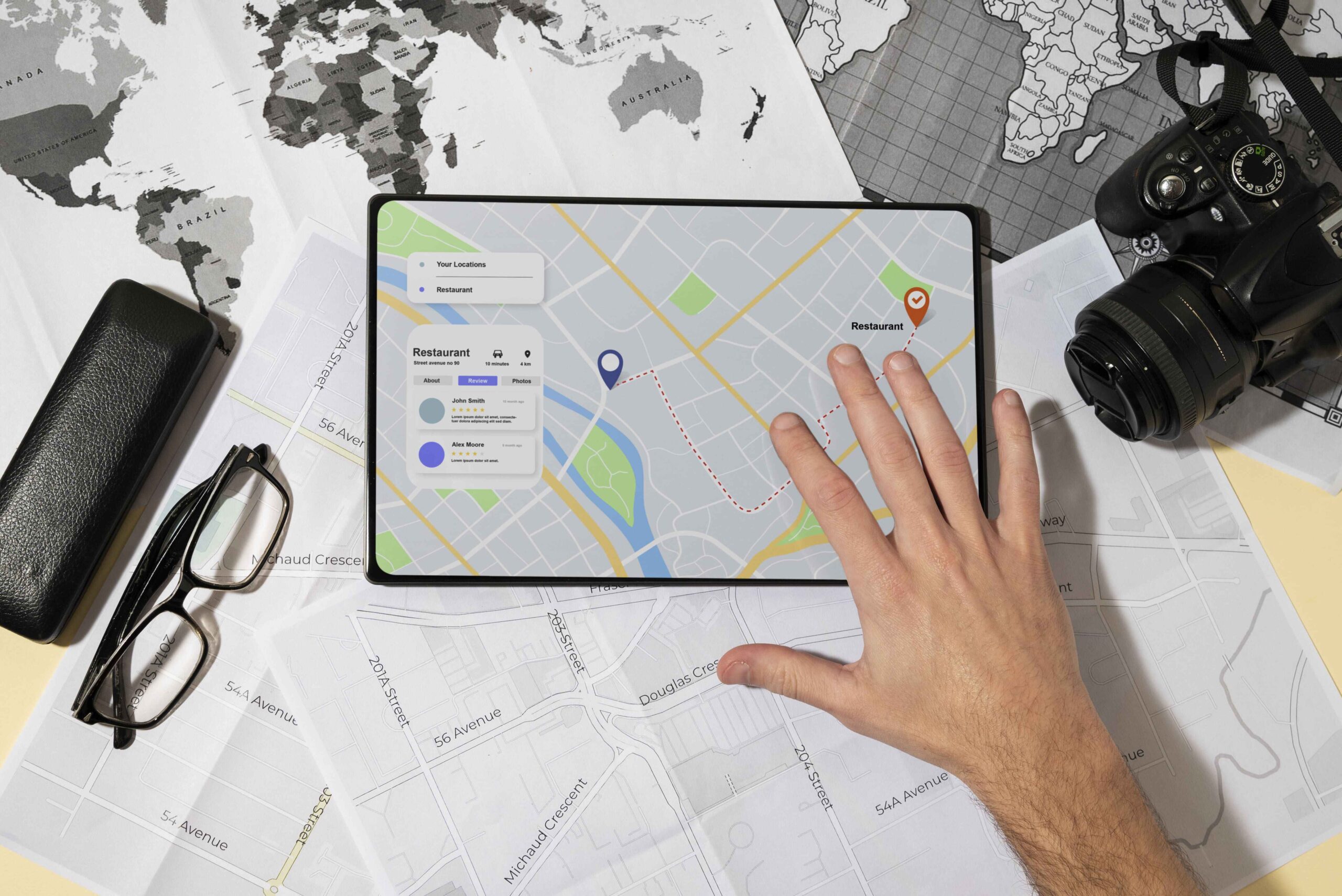In today’s world, businesses are always looking for innovative ways to reach and engage their customers. One such innovation that has gained immense popularity in recent times is geofencing. Geofencing is a location-based technology that enables businesses to target customers based on their location. With the help of geofencing software, businesses can set up virtual perimeters around specific geographic areas and trigger certain actions when customers enter or exit those areas. From sending personalized notifications to delivering location-specific ads, geofencing software has opened up a world of opportunities for businesses looking to improve their marketing and engagement strategies. In this blog, we’ll take a closer look at what geofencing software is, how it works, and some of the ways businesses can use it to their advantage.
What is Geofencing?
Geofencing is a location-based service that allows a virtual boundary to be drawn around a physical location using GPS or radio frequency identification (RFID) technology. When mobile device enters or exits this boundary, a pre-programmed action is triggered, such as sending a notification or activating a specific app function.
Geofencing has a wide range of applications, from enhancing marketing strategies by sending targeted advertisements to customers who are within a specific area, to improving security by alerting authorities if an unauthorized vehicle enters a restricted area.
How does geofencing work?
Radio frequency identification (RFID), Wi-Fi, GPS, or cellular data are all used in geofencing, which triggers an action every time mobile device or RFID tag enters or exits virtual boundary based on a geographic location. This fictitious wall is known as the “geofence”.
Among the actions that the geofence trigger logs as passing through it are pushing notifications, text messages, advertisements, or emails. Geofencing can also be used to prevent certain types of equipment or monitor behavior in restricted areas.
Administrators and app developers use software that supports RFID or GPS to create a virtual barrier while creating their service or mobile app. When a device that has been authorised passes or exits that barrier, they then decide which answer to send.
Applications of geofencing
With the popularity of mobile devices growing, geofencing has become common practice for many companies. Once a region is identified, there are almost unlimited possibilities for what businesses may do; this is especially common in marketing and social media.
When you approach the boundary, you will receive a push notification encouraging you to visit the rival place. Some retail and hotel firms may put up geofences around their competitors. Another option is to have a coupon pushed to your device when you enter a store. If you download a grocery app, chances are good that it will detect when you drive by and send you alert in an effort to persuade you to stop in.
Social networking: One of the most well-known applications for geofencing is seen in well-known social networking apps, namely Snapchat. Geofencing enables location-based filters, stickers, and other shared content. It’s all possible because of these virtual boundaries, whether you are using sponsored filter at a concert, specially created filter for a friend’s birthday, or uploading to publicly accessible location-based stories.
Here are some of the important applications of geofencing:-
Marketing:
In addition to social networking, geofencing is well-liked method for companies to give in-store promotions. This method alerts you as soon as you approach the store. Businesses can use geofencing to target ads to a particular audience and determine which marketing techniques are most effective depending on user location information.
Location insights:
Data collecting is another typical geofencing application. Businesses can gain useful geographical insights about the activity of app users by tracking when they enter and leave geofenced region. Examples include information on the number of customers who visit their stores, how long they stay, how they browse, and what they purchase. Campaigns can be improved and marketing messages can be personalized using these data.
Geo-Conquesting:
Geo-conquesting is one of the most typical geofencing use cases. For instance, a company might install a geofence around rival and target their clients with superior offers. A great illustration of a geo-conquesting campaign that was extremely successful Burger King’s renown Whopper Detour.
Event Management:
Geofencing is used by many businesses to control crowds and events. An attendee can be targeted with promotional messages or useful details about the event as they enter a geofenced area festival or a conference. Additionally, it might aid organizers in gathering crucial event data and controlling crowds.
Market Research:
Geofencing technology may also be used for market research to find out where people go and the kinds of people who frequent such places based on demographic and psychographic information.
Conclusion
In conclusion, geofencing is a potent tool that enables companies to define fictitious perimeters around particular locations and send unique messages or alerts to people who enter or leave those regions. It has numerous uses in a variety of sectors, such as retail, advertising, and transportation, and it has the potential to completely change how companies engage with their clients.




